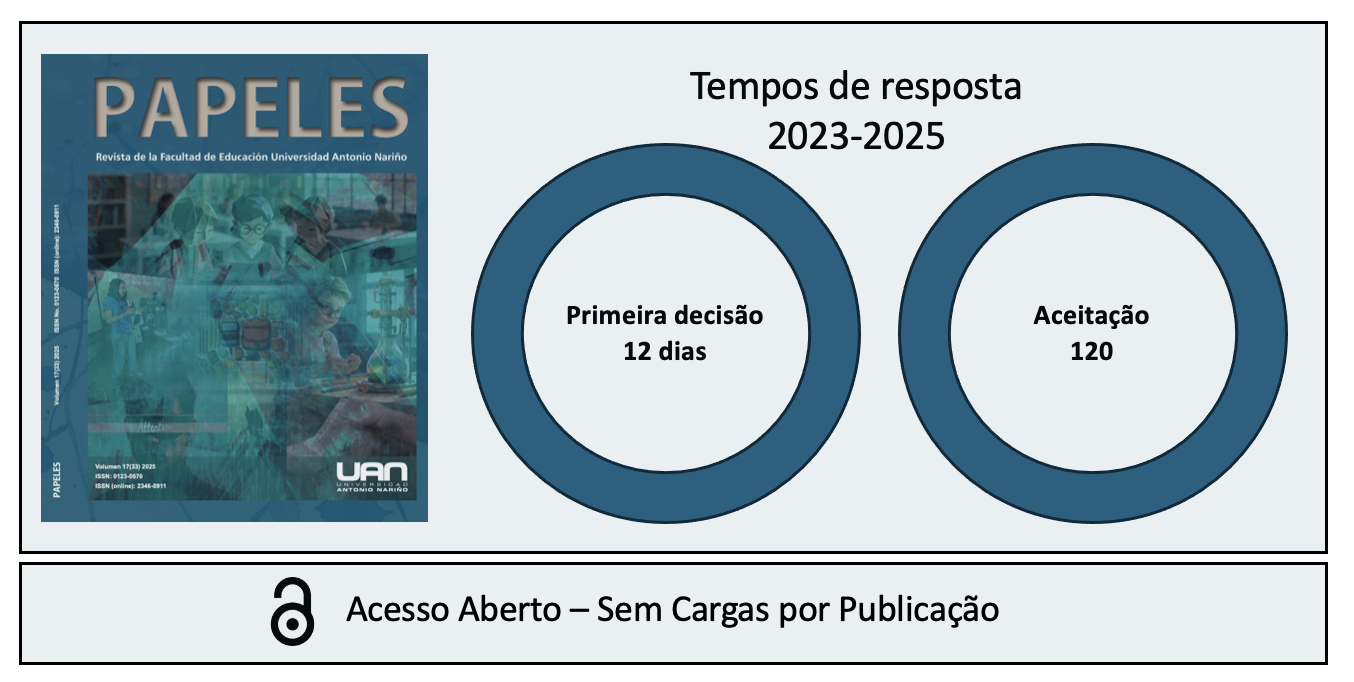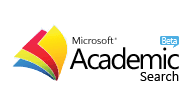Submissões
Condições para submissão
Como parte do processo de submissão, os autores são obrigados a verificar a conformidade da submissão em relação a todos os itens listados a seguir. As submissões que não estiverem de acordo com as normas serão devolvidas aos autores.Artículos de Investigación
Artículos de investigación. Esta tipología no podrá exceder las 10.000 palabras o las 25 páginas con referencias (mínimo 20). Su estructura es la siguiente: título, resumen y palabras clave en inglés y español, introducción, metodología, resultados y discusión, conclusiones y referencias bibliográficas. Luego de las conclusiones deberán ir los apartados financiación, agradecimientos y descargos de responsabilidad.
Artículos de Revisión
Artículos de revisión. Esta tipología no podrá exceder las 10.000 palabras o las 25 páginas con referencias (mínimo 50). Se aceptarán revisiones con enfoque cualitativo o metanálisis. Su fin será resumir y examinar estudios previos sobre una temática específica para ofrecer un panorama amplio de un campo específico de la ciencia desde una perspectiva analítica, interpretativa y crítica del autor. La estructura de las revisiones debe seguir las secciones usuales de un artículo: introducción, metodología, resultados, discusión y conclusiones.
Educación, infancia y Adolescencia ante las redes sociales y los influencers
Hoy en día, el acceso a internet y el uso de las redes sociales pueden considerarse como una de las principales expresiones de la revolución tecnológica. De hecho, las estadísticas proporcionadas por el Banco Mundial indicaron que, en 2019, aproximadamente el 57% de la población tenía acceso a Internet, mientras que la Unión Internacional de Telecomunicaciones informó que 7 de cada 10 jóvenes están conectados a la red en todo el mundo.
En los países desarrollados, se ha estimado que el 95% de los adolescentes están conectados constantemente a Internet, aunque este porcentaje disminuye en los países en desarrollo. Además, el auge de los influencers ha evidenciado el impacto que tienen las redes sociales en el comportamiento de niños y adolescentes.
En ese contexto, es relevante analizar cómo la era de las redes sociales y los influencers ha impactado en los fenómenos educativos. Por eso, la Revista Papeles ha decidido abrir un número especial sobre Educación, Infancia y Adolescencia en tiempos de redes sociales e influencers.
Papeles está aceptando trabajos de investigación teóricos y empíricos enfocados en analizar, evaluar y describir temas relacionados con el uso e impacto de las redes sociales y los influencers en la educación infantil y adolescente.
Declaração de Direito Autoral
The author (s), declare (s) that the work on which they authorize the publication is totally original and it is of their exclusive authorship. Up to date, they have the ownership of the economic rights over the work, without restriction or modification. Therefore, in the event of a claim by third parties, the author (s) will hold the University harmless from any claim or damage and they will defend the authorized rights assuming all the responsibility, including any cost that can be generated by resolving the generated conflict.
Antonio Nariño University will implement all the necessary measures to guarantee respect for the moral rights of the author, in all those actions that imply the use and utilization of the work for which its publication was authorized.
The author (s) guarantees that the work protects all personal data, confidential and / or sensitive information that may affect the rights of third parties, who have been participants or appointed in the development of the construction site.
Authorization to the University for the Treatment of Personal Data. The author (s) authorize the UNIVERSITY to collect, store and use personal data in accordance with the provisions of Law 1581 of 2012, for the purposes required by virtue of this publication authorization.
Política de Privacidade
Os nomes e endereços de e-mail inseridos nesta revista serão usados exclusivamente para os fins estabelecidos nela e não serão fornecidos a terceiros ou utilizados para outros fins. (Lei Estatutária 1266 de 2008 e Lei 1581 de 2012, de proteção de dados pessoais).




